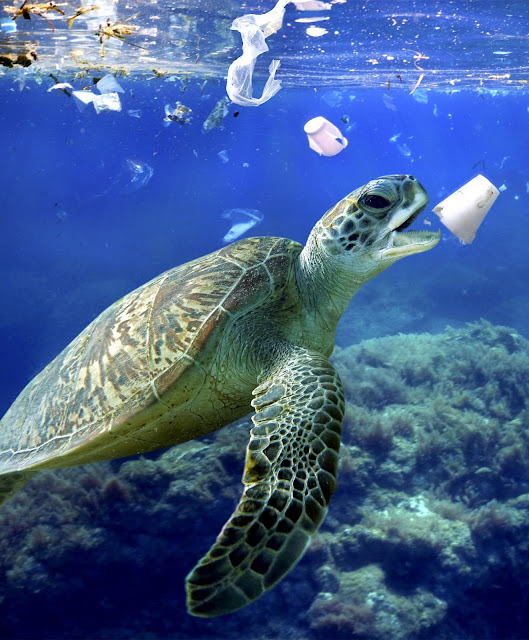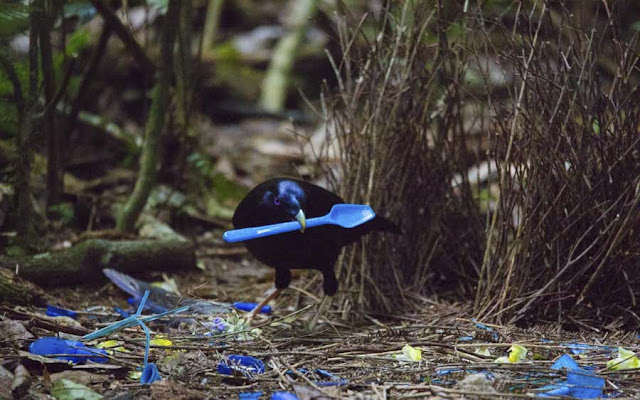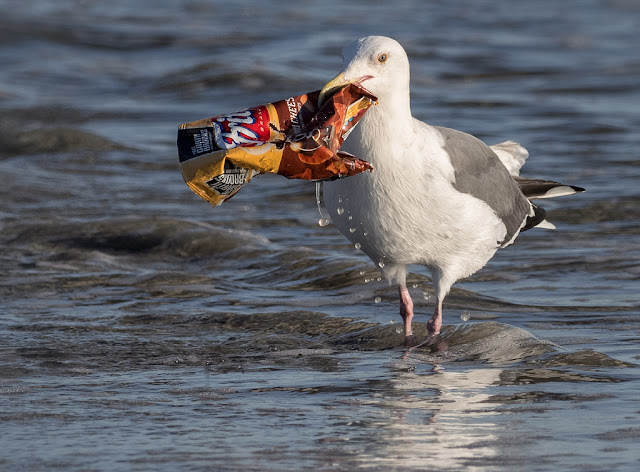 |
| So it's his fault? |
Saturday, October 30, 2021
Coca-Cola’s 100 Billion Bottle Problem
Tuesday, October 26, 2021
The search for the Snakebird.
 |
| Wryneck Bird 1 Notice how lightly barred the breast pattern is compared with bird 3 |
 |
| Wryneck Bird 2 |
 |
| Bird 3 Notice the feather pattern above the eye is different from Bird 2 and Bird 1 and the spots in the wing is different to Bird 2 |
Friday, October 22, 2021
A late local update
News from last week
I mentioned in my previous post my birding friend Trevor returned to Spain for the first time since March 2020, when the Covid Pandemic and lockdown for the UK and Spain came into force. Last week unfortunately it also coincided with the busiest time of the year for me. With the welcomed return of family not seen for almost 2 years, (where the time gone?) and with singing and with different events going on I'm burning the candle on both ends.
So It's late news from last week, apologies for this and just a summary, and I've not mentioned ever bird seen.
Santa Pola Salinas and including El Pinet
45 + Great white Egret, lots of Spoonbill 100s +++ Marsh Harriers, Waders seen Ruff, Wood Sandpiper, Common Sands, Little Stint, Dunlin, Sanderling, Avocet Black-tailed Godwits, both Shanks, LRP and Ringed Plover, Yellow Wagtails, Collared Pratincoles, Terns, Whiskered and Sandwich, and a very late Common, lesser Black-backed Gull, Mediterranean Gull.
 |
| Mediterranean Gull |
On the mountain of Maigmo and Montnegre mostly all the tits and lesser Short-toed Tree Creeper, stand out moment was, 3 woodlarks, a beautiful bird.
 |
| Woodlark |
 |
| Woodlark |
No sigh of any Trumpeter Finch, or any Raptors at Montnegra but Blue Rock Thrush, Black Wheatear Rock Sparrow, lots of Griffon Vultures,
The Colt De Galvany
 |
| White-headed Duck |
 |
| Friendly Disagreement |
The usual quacker we're there, amazing numbers of Marbled Duck 38+ the reintroduction has worked well and next year brood will be tickable and free-flying. 1 Ferruginous Duck? Gadwall, Kingfishers, Little Bittern, Squacco Heron, Night Herons, also the least 3 Wryneck calling they've been there a week so?
 |
| record image Ferruginous Duck? |
To be honest, the Clots may be better than San Felipe VC for sighting and more importantly the water quality, it is good and clear, I've mentioned this several times before about San Felipe and the toxic blueish colours in the water?
 |
| Wryneck |
If the Clot was watched more it would surely have a better list of birds and after saying that there is a big increase in birders, photographers, camera clubs, Spanish, Europeans, and UK birders, visiting the Clot, it's good to see.
San Felipe
 |
| Little Egret |
Not much bird news to report, the water levels have been lowered for reed cutting so there is plenty of mud but few birds, because I guess of the disturbance 3 obliging Spoonbill which has been there almost a week,
 |
| Spoonbill |
a very confiding Bluethroat, several seen during the morning. Spotted Redshank, Green Sandpiper, Dark phase Booted Eagle, Tree Sparrows, lots of Little Egrets and Glossy Ibis, a few of groups of Penduline Tits but nothing mega?
 |
| Bluethroat |
 |
| Bluethroat |
Glad to see that the extensive liar liar graffiti and has been painted over in the hides at San Felipe I've no idea who it's meant for?
 |
| Booted Eagle |
 |
| Dark Phase Booted Eagle |
On a lighter note, on returning to the car at San Felipe, Mark opened the car doors with the remote, letting the hot air out, no problem we thought, till he wanted to put the keys in the ignition, no sign of the keys, Mark scratching his head? I said it's got to be in your pocket somewhere, but no? Several body searches of pocket and still no sign of the bloody keys, It's got to be in your man bag we turned out the man bag, no sign of the bloody keys, we even search under and around the car in case he'd drop them, but no! We pulled at the back seat and looked under the front seat, on the floor, had it slipped down under the seat but no
Unbelievable
After a tense few minutes, of scratching our heads we found them on the roof of the car in the little channel which guides the water away from the roof.
Senior moment sorted
 |
| Hunter Moon |
Have fun
Make some news
Cheers Bryan
Saturday, October 02, 2021
The Clot
Just a quick update of the Clot
A few hour hours watching the quackers, with Mathew, Mark, Michelle, and John. Its sounding like something out of the Gospels? All the usual suspects were there with a few additions like Purple Heron roosted in a distant tree, 3 Night Herons in another roost, also a few Squacco Heron.
 |
| Black necked Grebe |
 |
Squacco Heron. |
A very distant raptor appeared, initially, I thought to Booted Eagle,but then I back off the ID of Booted and the thought, mmm maybe Osprey? I felt sure it would come over the water of the Clot but it drifted on.
 |
Booted Eagle |
When I checked the photos on returning home it was a Booted Eagle which answer the question of why the bird didn't come to water?
Marsh Harrier, Kingfishers, Reed Warblers, a Fudge Duck showed very briefly before disappearing. Mark had seen and photograph it the previous day, it might be a cross / hybrid type, we'll be keeping a lookout for this bird?
 |
| Night Herons |
Quite a few late Sand Martins some House Martins and plenty of Swallows going through.
Trevor returns to Spain next week it will be good to see him and go birding
and a reunion of the NBBC
make some news
Cheers Bryan














